
Ammonia and ammonium are both compounds that contain hydrogen and nitrogen. Ammonia has one nitrogen atom and three hydrogen atoms (NH3), and ammonium has one nitrogen atom and four hydrogen atoms (NH4).
This small difference in hydrogen makes a big difference in the compounds. While ammonia has a pungent smell and can be harmful to aquatic organisms, ammonium is both odorless and harmless.
Due to the various potential risks of excessive ammonia in water, it is important to have dependable, simple ammonia testing solutions. Despite its relative harmless, ammonium also needs to be accurately monitored in order to have a thorough understanding of water quality in lakes, rivers and water treatment facilities.
Hach® offers a variety of ammonia analyzers, test kits, reagents and more to help you easily and accurately measure ammonia and ammonium in a variety of applications.
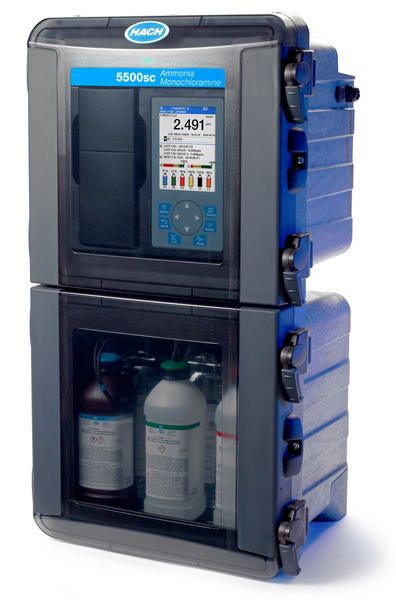
The 5500sc Ammonia Monochloramine Analyzer is an easy-to-operate, low-maintenance solution that continuously monitors all of the relevant parameters to give you total confidence in your chloramination process.
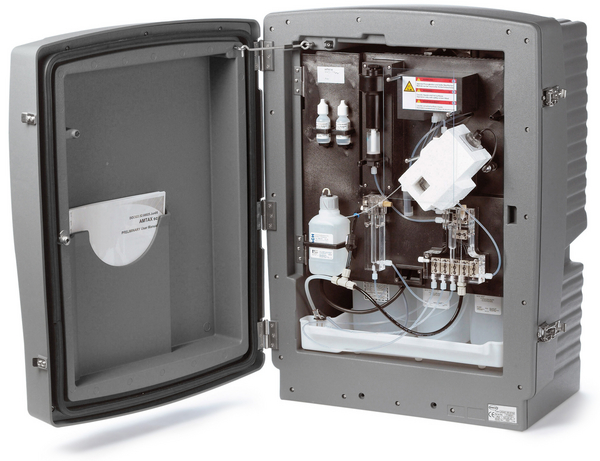
Designed for easy outdoor installation, the Amtax Ammonium Analyzer is available in four measurement ranges for a variety of wastewater and drinking water applications. Get high quality results with short response time.
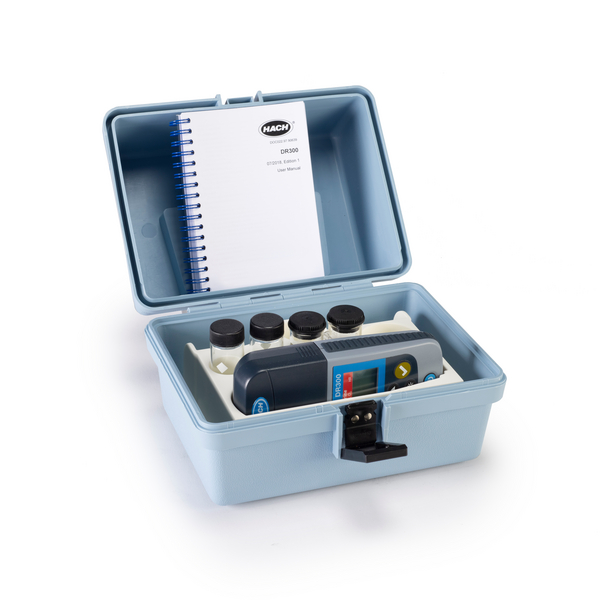
With its rugged, waterproof design, the DR300 Pocket Colorimeter for ammonia and nitrogen provides dependable, accurate measurements even in theharshest of field conditions.
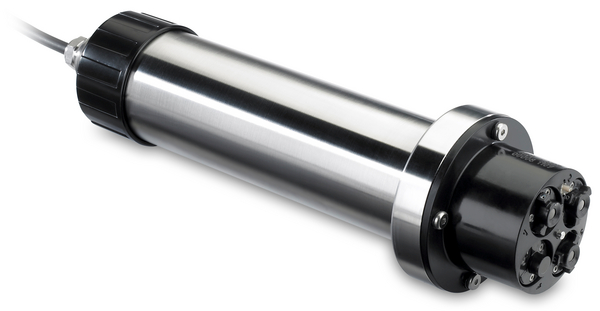
Available for an array of applications, Hach sensors and controllers ensure consistently accurate measurement of ammonia and ammonium.
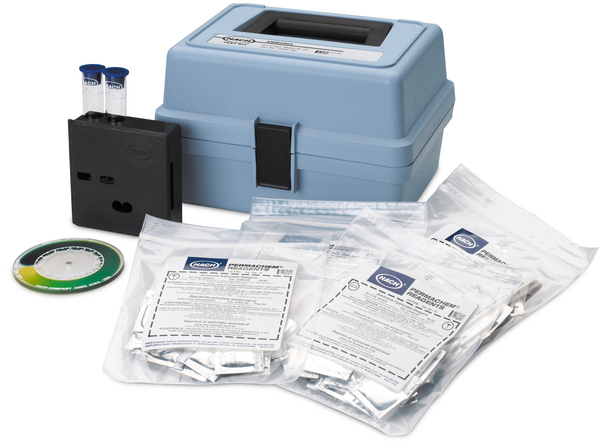
Easy to use and read, Hach test kits and strips make it simple to get accurate results in either the lab or the field.
Ammonia is used as both a reagent and as a measurement parameter in several areas of water and wastewater treatment.
While generally harmless at low concentrations, high concentrations of ammonia can cause damage and pose health risks. Therefore, ammonia levels must be properly monitored and maintained.
At Hach®, find the testing equipment, resources, training and software you need to successfully monitor and manage ammonia levels in your specific process application.
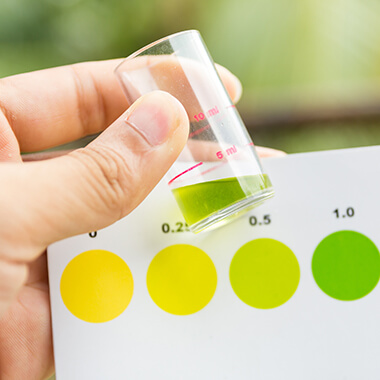
Gaseous ammonia and its concentrated solutions must be handled with care and in accordance with OSHA (or other relevant regulatory agency’s) requirements. This is due to highly corrosive properties that pose serious health risks ranging from mild eye or skin irritation to chemical burning, depending on the concentration. Additionally, off-gassing ammonia can cause aesthetic problems like objectionable taste or odor.
When ammonia is not used for disinfection, its presence in a distribution system may indicate leaching from materials used in the pipework construction or water contamination, due to damage in the system. When unwanted ammonia combines with chlorine, it diminishes the disinfection strength of chlorination.
In some disinfection processes, ammonia is intentionally combined with chlorine to produce monochloramine. Though free chorine is a more powerful disinfectant, monochloramine (bonded ammonia and chlorine) has a stronger residual so it remains in the distribution system longer, thus ensuring disinfection is maintained all the way to the tap. Furthermore, chloramines react less intensely with various impurities in raw water, particularly organic substances, thus minimizing the formation of some carcinogenic disinfection by-products (DBP). To optimize the chloramination process, it is important to monitor the formation of the target disinfectant species, while preventing the formation of less desirable dichloramine or trichloramine (nitrogen trichloride). Monochloramine testing is used together with a free ammonia determination to ensure formation of the right disinfectant and reduce raw material costs by preventing the overfeeding of chlorine and/or ammonia.
Learn more about chloramination.
Ammonia that has not bonded with chlorine during chloramination disinfection is referred to as free ammonia (both NH4+ and NH3). At a neutral pH and ambient temperature, almost all free ammonia exists as NH4+. As the pH and temperature increase, the amount of NH3 increases and the amount of NH4+ decreases. When chloraminated water is released, free ammonia levels increase as monochloramine reacts with various organics and bacteria in the distribution system water, satisfying the chlorine demand. Increased free ammonia levels indicate the onset of nitrification. A sudden drop in free ammonia suggests that nitrification is in process and nitrite is being formed. The free ammonia value is useful in determining the amount of free chlorine needed to increase the monochloramine residual at a booster station. The free ammonia level can be reduced by adding free chlorine at a ratio of 5:1 as Cl2:N to guide the process and help minimize nitrification potential.
Total ammonia is the sum of all ammonia nitrogen present in the form of monochloramine (NH2Cl), other chloramines, ammonium ion (NH4+), and molecular ammonia (NH3). This parameter may serve as a primary or secondary verification to maintain the chloramination process under control.

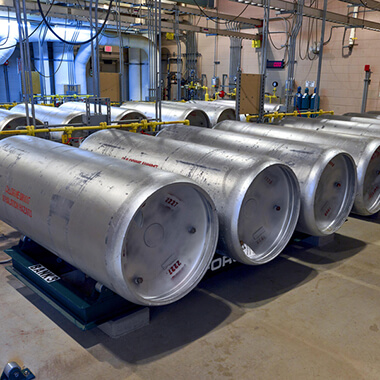
The salicylate method is a variation of the well-known phenate method, but it has an advantage of being free from mercury salts and phenol. This method is most useful for low range ammonia nitrogen determinations. Although the procedure involves multiple steps before a final green color is developed, all reagents are contained in convenient powder pillows (salicylate reagent powder pillows and alkaline cyanurate powder pillows) or a combination of powder pillows and TNT vials.
The ammonia electrode measures ammonia gas in aqueous solutions, or ammonium ions that have been converted to gas by the addition of a strong base. The electrode is a complete electrochemical cell consisting of a glass pH electrode and a reference electrode. The gas-permeable membrane separates the sample from a thin layer of electrolyte that is pressed between the pH bulb and the membrane. At high pH, ammonium ion is converted to ammonia gas. The gas diffuses through the membrane and causes a pH change in the thin layer of electrolyte. The potential across the pH glass changes as a result of the pH change and the electrode measures the change in potential. The measured pH change is proportional to the ammonia concentration in the solution.
In this ammonia test, Nessler reagent (K2HgI4) reacts with the ammonia present in the sample (under strongly alkaline conditions) to produce a yellow-colored species. The intensity of the color is in direct proportion to the ammonia concentration.
2K2HgI4 + NH3 + 3KOH → Hg2OINH2 + 7KI + 2H2O
Contact us for tech support, service, sales, or to get a quote.